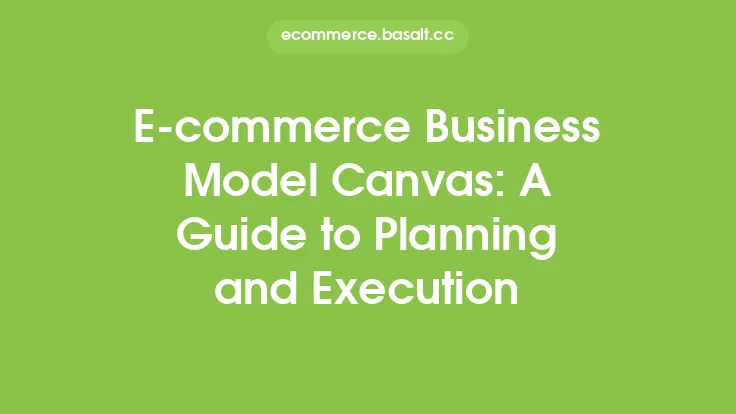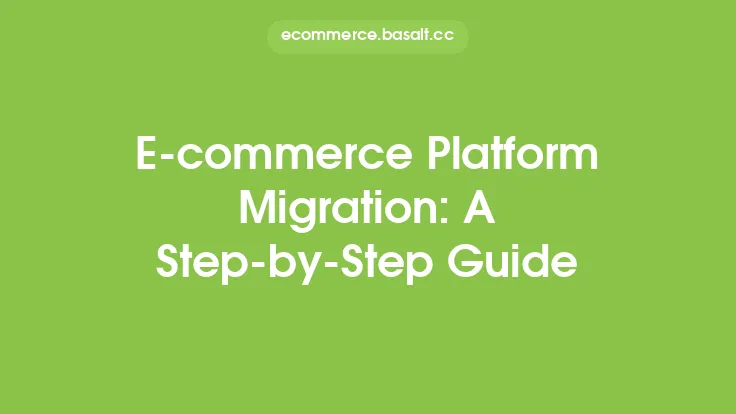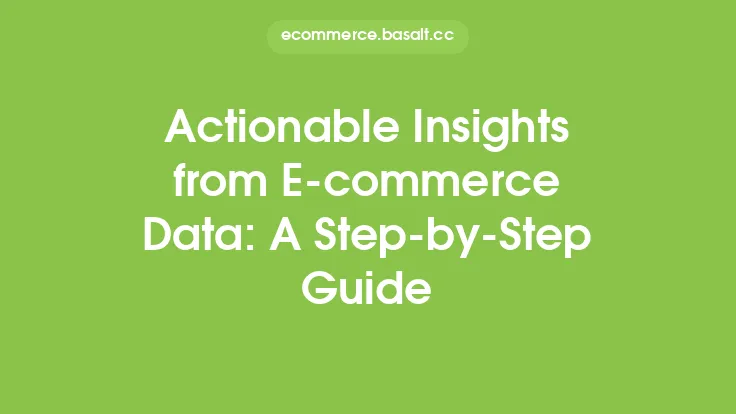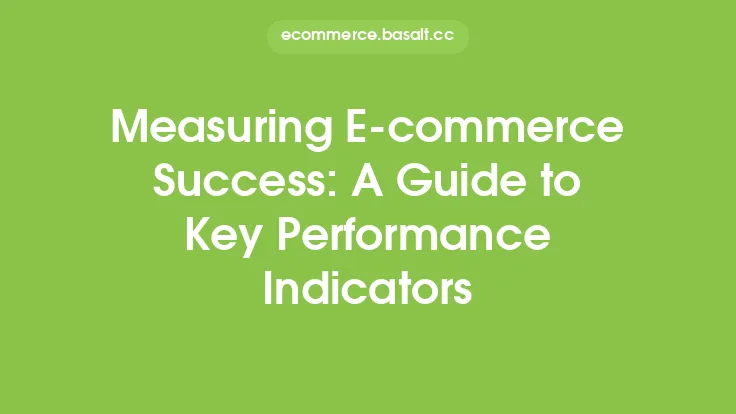As the e-commerce landscape continues to evolve, holiday planning has become a year-round endeavor for online retailers. Gone are the days of simply ramping up marketing efforts in the months leading up to major holidays like Christmas or Thanksgiving. Today, successful e-commerce businesses recognize the importance of ongoing planning and preparation to capitalize on seasonal shopping trends and stay ahead of the competition.
Understanding Seasonal Shopping Trends
To develop an effective holiday e-commerce plan, it's essential to understand the underlying seasonal shopping trends that drive consumer behavior. This includes identifying peak shopping periods, popular product categories, and emerging trends that can inform marketing strategies and inventory decisions. By analyzing historical sales data, market research, and consumer surveys, e-commerce businesses can gain valuable insights into the needs and preferences of their target audience. This information can be used to create targeted marketing campaigns, optimize product offerings, and improve the overall shopping experience.
Setting Holiday E-commerce Goals and Objectives
Establishing clear goals and objectives is critical to the success of any holiday e-commerce plan. This involves defining key performance indicators (KPIs) such as sales revenue, website traffic, and conversion rates, as well as identifying areas for improvement and opportunities for growth. E-commerce businesses should also consider their target audience, brand identity, and unique value proposition when setting holiday goals and objectives. By doing so, they can create a focused and effective plan that aligns with their overall business strategy and resonates with their customers.
Developing a Holiday E-commerce Strategy
A well-crafted holiday e-commerce strategy should encompass multiple channels and tactics, including email marketing, social media, search engine optimization (SEO), pay-per-click (PPC) advertising, and influencer partnerships. E-commerce businesses should also consider the role of content marketing, user experience, and customer service in driving holiday sales and customer loyalty. By developing a comprehensive strategy that leverages these various channels and tactics, e-commerce businesses can maximize their reach and impact during peak holiday shopping periods.
Creating a Holiday E-commerce Calendar
A holiday e-commerce calendar is a vital tool for planning and executing a successful holiday marketing strategy. This involves mapping out key dates, events, and promotions throughout the year, including major holidays, seasonal sales, and product launches. E-commerce businesses should also consider the timing of marketing campaigns, email promotions, and social media posts to ensure maximum impact and engagement. By creating a detailed calendar, e-commerce businesses can stay organized, focused, and ahead of the competition, even during the most hectic holiday shopping periods.
Measuring and Optimizing Holiday E-commerce Performance
To ensure the ongoing success of their holiday e-commerce plan, businesses must continually measure and optimize their performance. This involves tracking KPIs, analyzing sales data, and gathering feedback from customers. E-commerce businesses should also conduct regular website audits to identify areas for improvement, such as page loading speed, mobile responsiveness, and checkout processes. By leveraging data and analytics to inform their decision-making, e-commerce businesses can refine their holiday strategy, improve the shopping experience, and drive long-term growth and profitability.
Building a Holiday E-commerce Team
As the holiday shopping season approaches, e-commerce businesses often require additional support to manage increased website traffic, customer inquiries, and order fulfillment. This may involve hiring temporary staff, outsourcing certain functions, or partnering with third-party logistics providers. E-commerce businesses should also consider the role of technology, such as automation tools and artificial intelligence, in streamlining holiday operations and improving efficiency. By building a skilled and agile team, e-commerce businesses can ensure a seamless and successful holiday shopping experience for their customers.
Maintaining a Competitive Edge
In the highly competitive world of e-commerce, businesses must continually innovate and adapt to stay ahead of the curve. This involves monitoring industry trends, analyzing competitor activity, and exploring new technologies and marketing channels. E-commerce businesses should also focus on building strong relationships with their customers, providing exceptional service, and offering unique and compelling products. By maintaining a competitive edge, e-commerce businesses can drive growth, increase customer loyalty, and achieve long-term success in the ever-evolving world of online retail.




